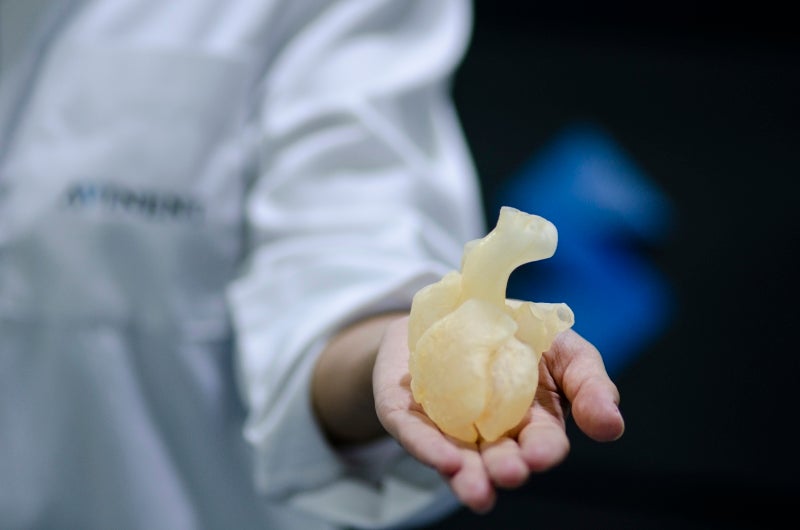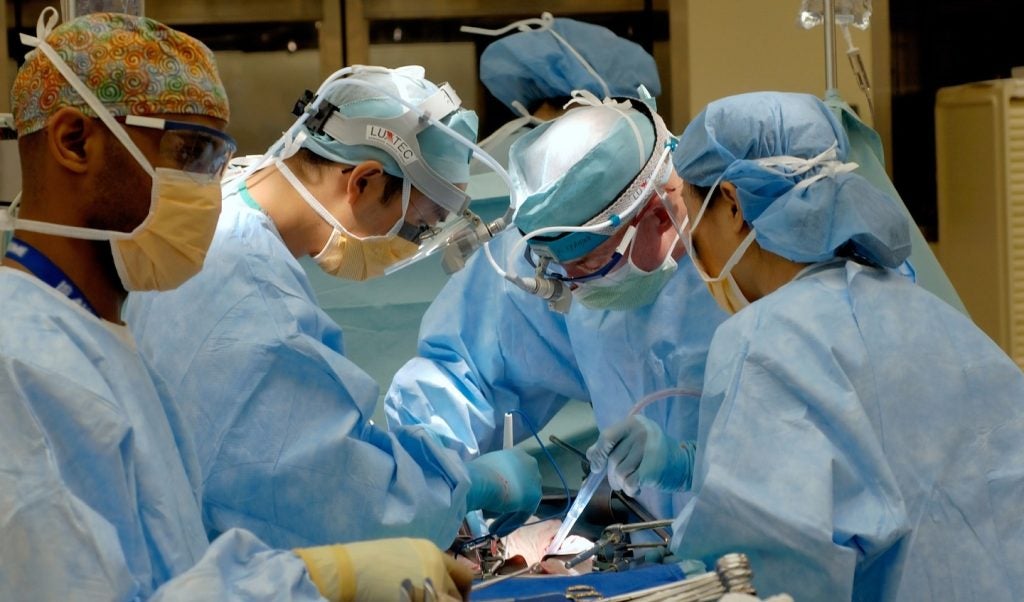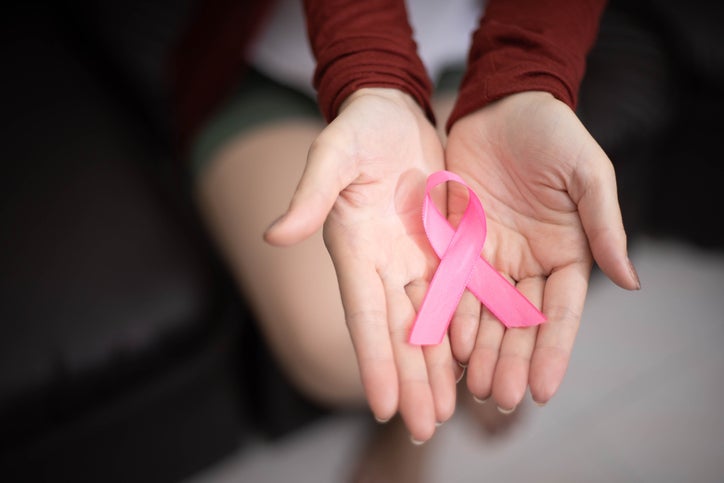
From the wax and ivory figures of the 18th century to the sophisticated renderings of today, anatomical models have played an important part in surgical preparation and education for centuries. In the last decade, the rapid rise of 3D printing techniques has begun to redefine what’s possible with these models, bringing a level of detail and patient-specific customisation that hasn’t previously been possible.
One of the bottlenecks for 3D printing in medical applications is the time it takes to print models, and the limits of what can be achieved in a single print. However, emerging technologies are addressing this issue with a rapid expansion of the materials, colours and textures that can be incorporated into a single printing pass. In the anatomical modelling game – where verisimilitude has a tangible impact on the value for surgeons and educators – these advances could make a huge difference.
This is the message that Spanish med tech firm Avinent is promoting to its clients. This year the company invested in Stratasys’ J750 3D printer, which in a single print is capable of producing patient-specific anatomical and dental models with multiple colours and materials. The ability to more accurately produce the colours and textures of anatomical models – from bone and organs to soft tissue and vasculature – brings anatomical modelling to a new level for surgeons preparing for complex operations.
Here, Avinent CEO Albert Giralt discusses the company’s experience with the new printer, and the future of 3D printing in the healthcare sector.
Chris Lo: Could you talk about why you chose to invest in a Stratasys J750 3D printer?
Albert Giralt: The main reason is the capacity of the machine to work with colours and textures at the same time. At the moment, the J750 is the only machine that works with this systematic approach for colour printing and texture at the same time. When we wanted to open the market for hyper-realistic modelling, there was no standard solution, and every time you wanted multi-colour or multi-texture, you had to do several prints and then assemble. So we chose the J750 because in one shot you can have everything.
What we have found extremely interesting is when we work with the soft materials. Normally, for the other printers we tested, I would say the multi-colour technology is becoming more standard, but having the possibility to offer soft or hard texture is really a disruptor.
How well do you really know your competitors?
Access the most comprehensive Company Profiles on the market, powered by GlobalData. Save hours of research. Gain competitive edge.

Thank you!
Your download email will arrive shortly
Not ready to buy yet? Download a free sample
We are confident about the unique quality of our Company Profiles. However, we want you to make the most beneficial decision for your business, so we offer a free sample that you can download by submitting the below form
By GlobalDataCL: How many hospital/health centre clients are you now working with to produce and supply these models, and how has the feedback been so far?
AG: Avinent has a business division called Avinent Digital Health that works with hospitals. I think we are working with around 50 hospitals, primarily in Spain. To those hospitals we supply models regularly, although not all of them are yet made on the new J750. At the moment, I think it’s about five to seven that are testing those models. For those clients, the main value they get is in the soft modelling. So, when you want to replicate organs or veins that need the soft tissue characteristics – this is what gives them a lot of value.
We did some work for aortic surgeries, when there are aneurysms in the aorta. This type of surgery is very complex, so to have the model in advance and to have the possibility to really try it – not only to touch and see but to actually do the surgery with the model, with the exact texture that you will find later on in the patient, gives a level of security to the surgeon that is of huge value.
CL: Could you describe the process that is required to create patient-specific models with the J750?
AG: The process always starts with medical imaging. This is our raw material. Normally we will receive files from CT scans – those files are DICOM [Digital Imaging and Communications in Medicine], and DICOM is a 2D file format. Then we have to convert that into 3D, and as a company we use the Materialise software suite.
This software allows us to convert the CT file into an STL [stereolithography], and then when we have that STL, everything can be in a 3D space so we can build for surgeries, colourise, segment by working with that STL file. When everything is right and we want to replicate it, we just send it to the machine and produce it exactly.
CL: What’s your usual timeline between receiving a CT scan to producing and supplying the model, ready to use?
AG: It always depends on the complexity of the model so I can’t suggest a standard, but this is a serious business. As a serious business, we cannot have a model being produced in one month – that’s useless. So we have to react very quickly. Often we work with very urgent timelines of 48 hours – we have three shifts working in the factory, and we have the capacity to produce things in 48 hours, and then from 48 hours to 72 hours in most cases.
CL: Is there a strong economic case for hospitals and health centres to use these 3D-printed anatomical models rather than rely on older methods, which are presumably less expensive? Does it make most sense for the most complex surgeries?
AG: Well to give my personal opinion, it makes sense in all cases. But being realistic, I understand that sometimes there are financial barriers. Of course, the types of models you are doing are more expensive. What we try to explain to the clinical centres is to consider not only the cost of the model, but the cost of the process. That cost should include the time needed in the surgical room, the level of security for the patient and other elements around the surgical process. Thanks to this new way of modelling, you’re saving money as well. When you consider everything, even though the model itself probably has a higher price than before, the whole cost of the process should be much less than before.
Realistically there are some centres that want to listen and explore this, and when they explore it they find out it’s true, and others are more reluctant and more focused on the price of the model itself.
CL: How would you like to see the J750 – and 3D printing more widely – evolve and add new functionality in the years to come?
AG: What we have now is already a revolution, but going further – this is very optimistic on the timing, but for example giving characteristics to the colours, like fluorescence, that could help the surgeons even more to identify critical areas of the model, that would be interesting.
CL: Avinent has recently been promoting 3D printing for healthcare applications at several conferences in Spain. Do you expect the technology to have a much larger presence in hospitals and health centres in the future?
AG: Definitely, yes. The professionals and doctors who have seen the advantages of having a guide or a model to prepare a surgery – normally they don’t go back, they stay with using 3D printing.
But we still have some limitations, and right now, more than coming from the supply side, I think they come from the demand side. I think the technology is ready, processes are ready, but sometimes we need to incentivise the demand through educational programmes, through training to doctors, to explore the new possibilities. This is the main constraint that we’ve found – that doctors don’t know about the possibilities. That’s why we invest in these events and try to be closer to the demand side.





